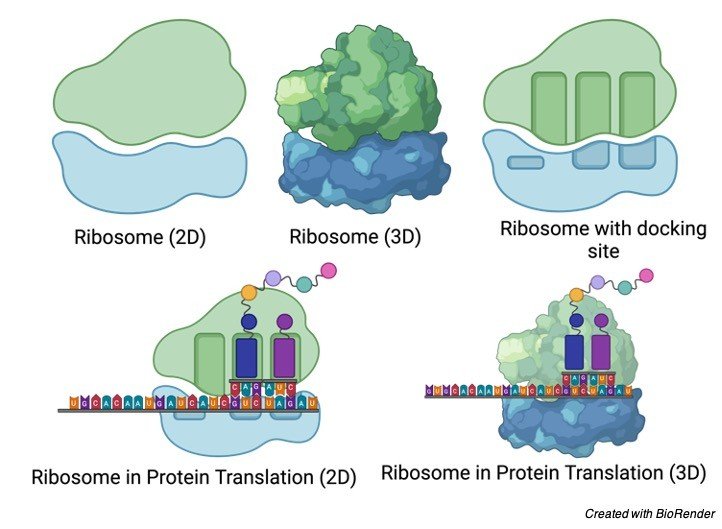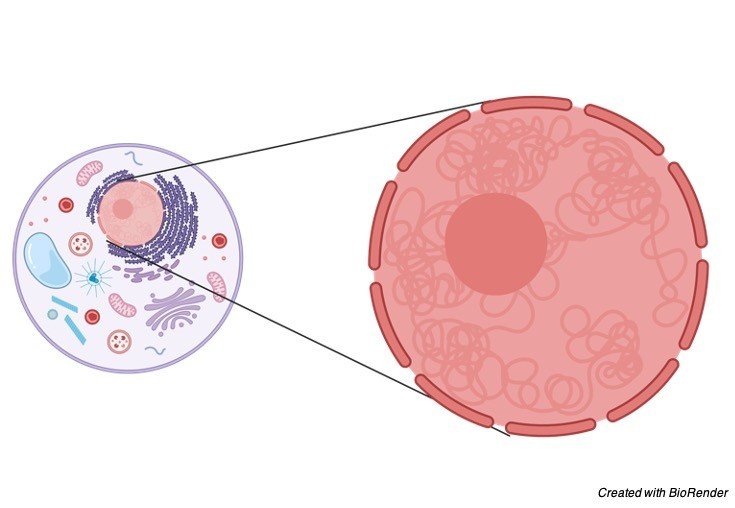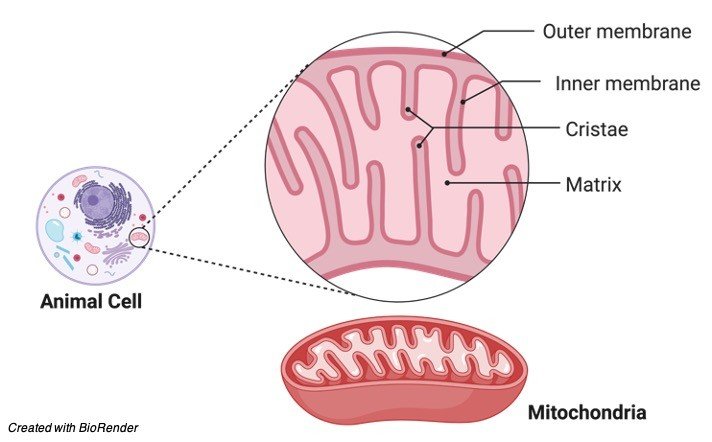Category: Uncategorized
-

Can Ducks Eat Bird Seed? Everything You...
Can Ducks Eat Bird Seed? There has been a growing understanding in…
Continue Reading -

What Do Baby Birds Eat? Everything You...
What Do Baby Birds Eat? For wild birds, spring is a hectic…
Continue Reading -

Why Do Birds Migrate? Everything You Need...
Why Do Birds Migrate? Traveling hundreds or even thousands of kilometres between…
Continue Reading -

How Do Birds Communicate With Each Other?...
How Do Birds Communicate With Each Other? Birds are among the most…
Continue Reading -

How Do Birds Eat? Everything You Need...
How Do Birds Eat? Birds don’t really chew or digest food in…
Continue Reading





















